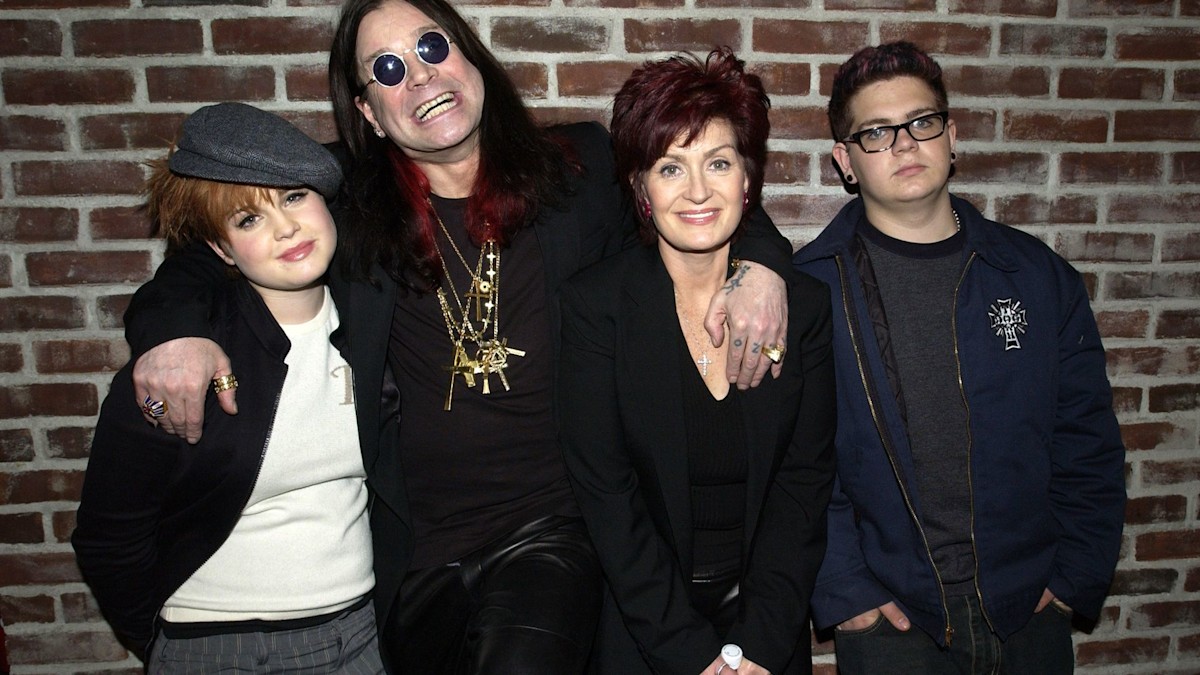Reality TV is one of pop culture’s most talked-about topics across social media, but nothing captured the zeitgeist quite like the first wave of reality shows. In 2025, reality television is still very popular, with huge shows such as Love Island, Selling Sunset, and Love Is Blind dominating our screens. While these shows definitely still have moments of “I can’t believe they just did that”, the 2000s were even crazier. There was much more drama and fallouts, with less pressure from backlash due to minimal social media…and trust me, there are archives of shows.
Even though I consider myself a reality TV expert based on how many shows I’ve watched, I sought a second opinion from someone who has been in the business for years.
Claire Powell – founder of The CAN Group and one of the UK’s most influential talent managers and PR experts, who is renowned for shaping the careers of celebrities and household names – has a theory about what made reality TV so extreme 20 years ago.
”In the 2000s, reality TV thrived on extremes; Big Brother challenges, family meltdowns, people pushed right to the edge. Now it’s more measured, with a focus on authenticity. Reality TV still has to mean something. You can’t fake it – it has to be truthful, otherwise viewers see straight through it. That’s still the golden rule today.
“What felt groundbreaking 20 years ago simply wouldn’t get commissioned in 2025 – and that shows just how much the genre has evolved,” Claire explains.
Let’s throw it back to the noughties with some of the most outrageous reality TV shows…
 © NBCUniversal via Getty Images
© NBCUniversal via Getty ImagesSeason one of The Biggest Loser on NBC
1. The Biggest Loser (2004–2016)
This competition series was originally an American show on NBC before a British spin-off was created in 2005 on Sky Living. The premise involved overweight contestants competing for a cash prize by losing the highest percentage of weight. The show, filmed over the course of 30 weeks, began with a weigh-in to determine their starting weight, which was later used to decide the winner.
Some of the humiliating tasks contestants were made to do included moving food from one place to another using only their teeth, alongside enduring strict fitness coaches.
Netflix recently released the documentary Fit for TV: The Reality of The Biggest Loser, where former contestants spoke out about what it was really like to be on the series – and the damaging effects of being on the show. In the series, JD Roth, one of the producers, described it as throwing ”fat people who were unhappy” into the spotlight to lose weight.
This coexisted alongside many other 2000s British weight-loss reality series, such as Supersize vs Superskinny (Channel 4). It’s awful that this was once considered a trendy concept for on-screen entertainment. And, as the documentary highlights, it’s important to consider the participants’ side of the story – something viewers tend to forget, even today.
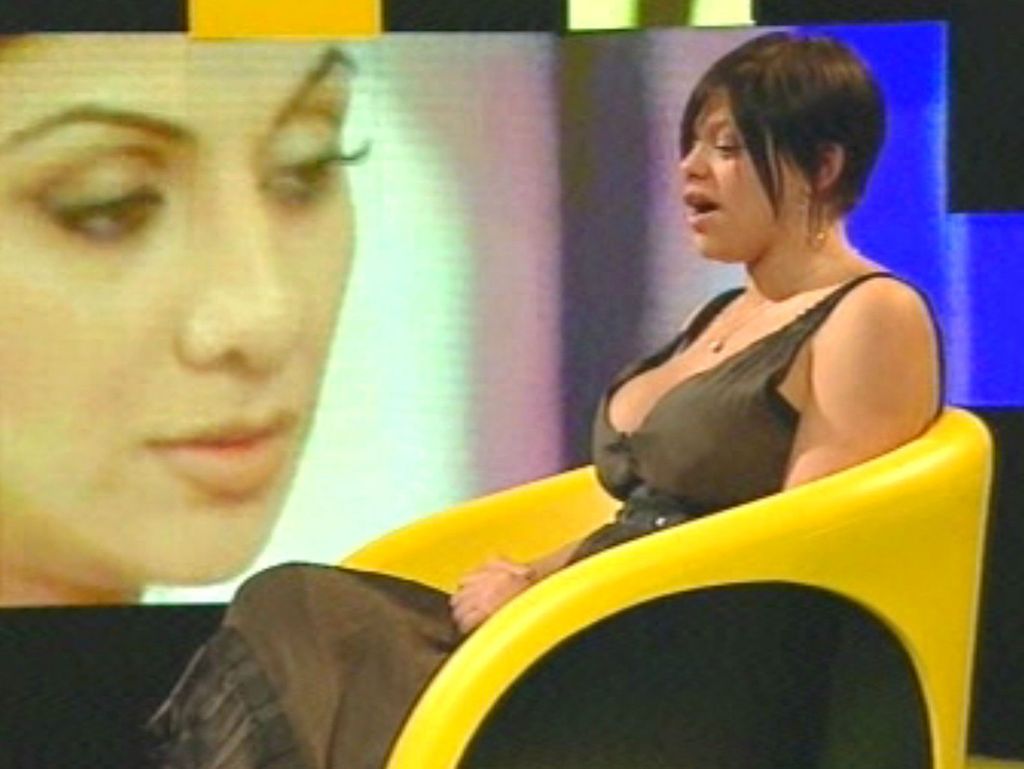 © Shutterstock
© Shutterstock2. Big Brother (2000–present)
Big Brother has been adapted for more than 63 countries, with the original concept airing in the Netherlands in 1999. The first British adaptation of the show aired in 2000, hosted by Davina McCall. The concept was a ‘fly-on-the-wall’ reality series, where strangers lived together in a house, cut off from the outside world.
Arguably, the OG British seasons had some very controversial moments such as contestants Jane Goody, Jo O’Meara, and Danielle Lloyd, who were accused of racially bullying Bollywood actress Shilpa Shetty. The contestants nicknamed Shilpa ‘Shilpa Poppadom’ and used other offensive terms. This led to widespread outrage in India. After Jade was evicted, she apologised for her actions, stating that she was “disgusted” by her behaviour upon watching the footage.
Nowadays, the more recent seasons are much tamer, as participants are aware of potential backlash and are likely on the lookout for brand deals (let’s be real).
However, what made it so outrageous at the time of its ratings peak was the unfiltered human behaviour and the participants’ lack of social awareness.
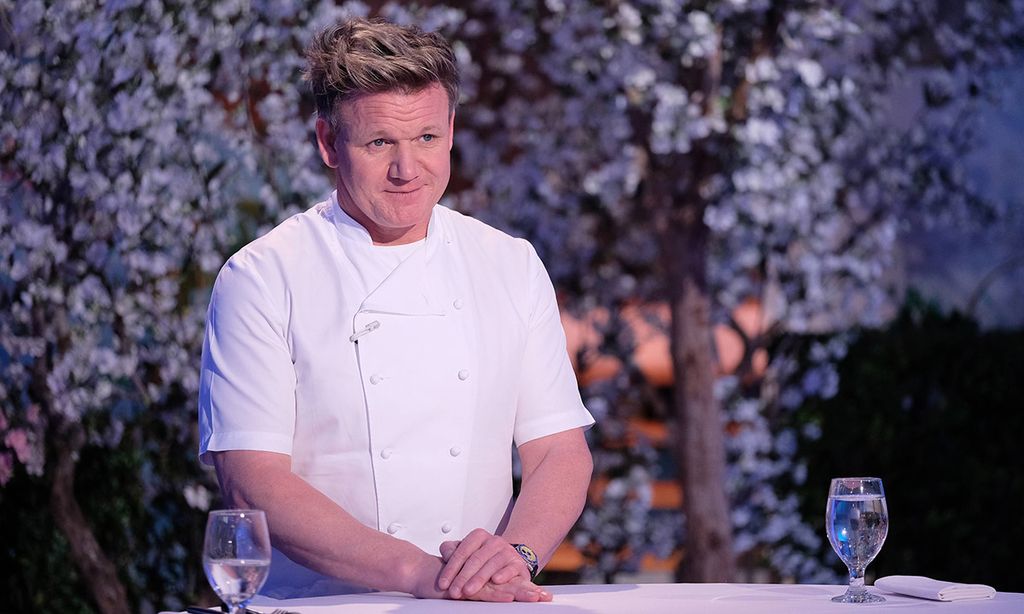 © Photo: Getty Images
© Photo: Getty ImagesGordon Ramasy is still the scariest celebrity chef
3. Hell’s Kitchen (2005–present)
Hot-headed celebrity chef Gordon Ramsay instilled my fear of ever working in a kitchen – and rightfully so – in this anxiety-inducing reality cooking competition.
In the UK version of the cooking show, 10 celebrities worked in a kitchen under head chef Ramsay as he taught them how to cook. After preparing food for famous clientele, the celebrities were eliminated by public vote. The show often got intense; a memorable moment from season one saw Amanda Barrie trying to hit Gordon after a heated exchange.
Across the pond, the US version of the show followed a similar concept, but instead of celebrities, it featured two teams of professional chefs competing for a job as head chef in a top restaurant.
Gordon was known on TV for his harsh, critical nature and didn’t exactly have a ‘nice guy’ reputation. However, some might argue that this reflected real restaurant kitchen culture – and, for better or worse, it made for great television.
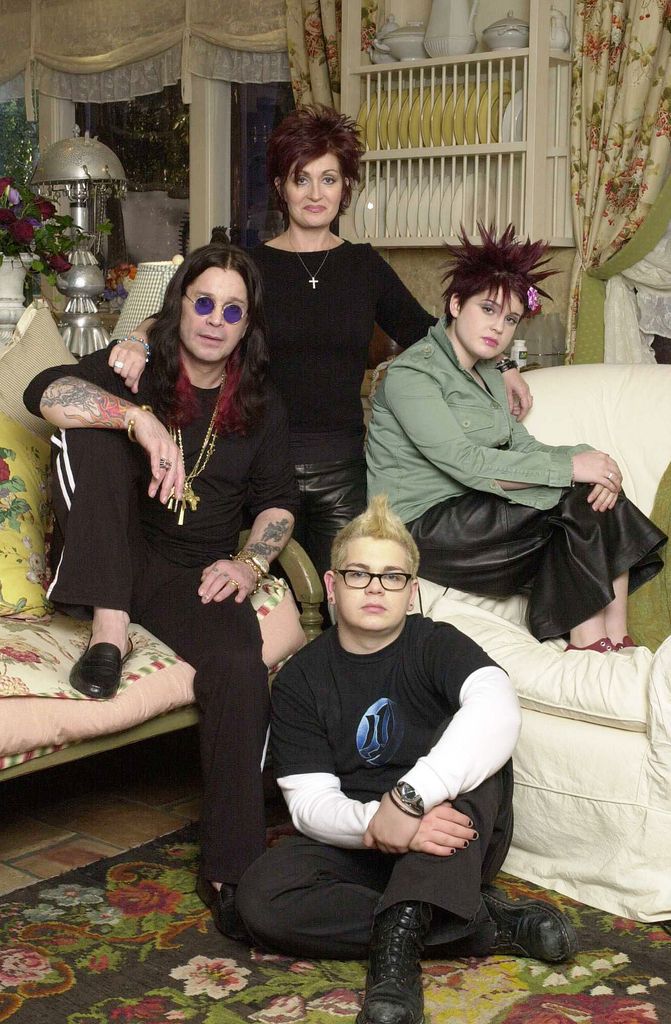 © Getty Images
© Getty ImagesThe Osbournes was the catalyst for celebrity family TV dramas
4. The Osbournes (2002–2005)
Following the tumultuous domestic life of heavy metal singer Ozzy Osbourne, his wife Sharon, and their two kids, Kelly and Jack, the show was full of eccentric, unscripted moments.
The show ushered in a new wave of shows, which depicted celebrity family life.
Claire spoke about why this show was a standout: “When it came to The Osbournes, it was completely outrageous for its time; wall-to-wall swearing, total chaos, and no filter whatsoever. Back then, no one worried about how it would land on social media, because social media didn’t really exist. If they tried it now, it would be a very different show – people are far more cautious and concerned about backlash.”
Ozzy sadly passed away aged 76 last month, but his legacy lives on through this truly iconic piece of television.
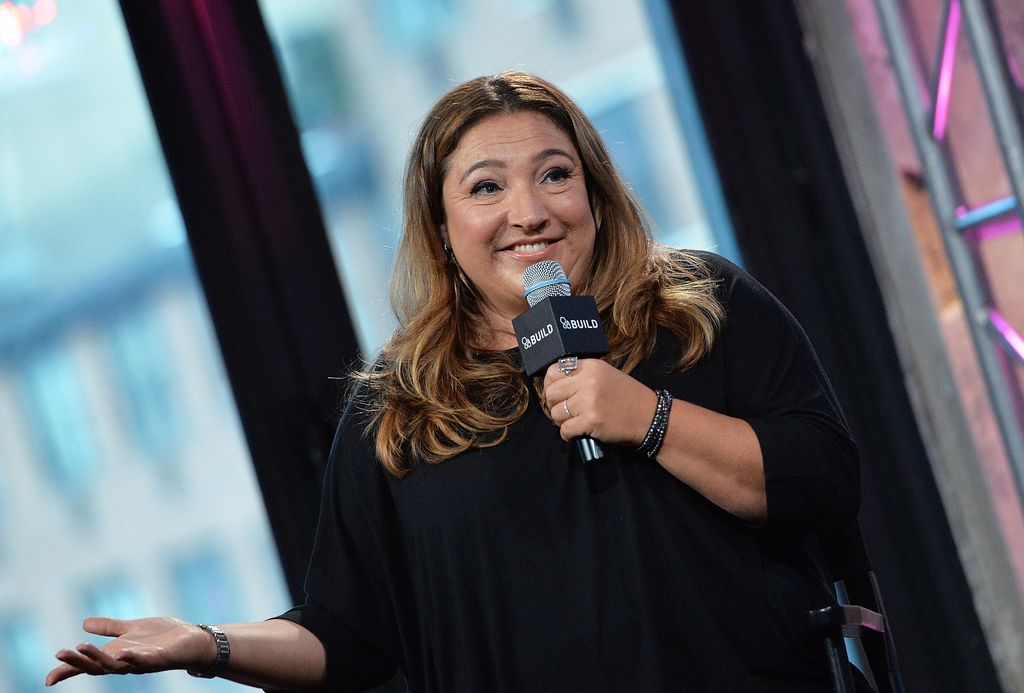 © Getty
© GettyJo Frost was a parent’s dream come true
5. Supernanny (2004–2008)
Jo Frost was the nation’s nanny, determined to sort out any misbehaved children.
Supernanny started as a UK show in 2004 on Channel 4, with each episode devoted to helping a family with a misbehaving child. Through observation, Jo would suggest alternative parenting techniques to help restore order in the household. A US spin-off originally airing on ABC in 2005, which saw Jo visiting families across the country.
I, for one, used to be terrified that Jo Frost would appear at the door any time I got into trouble. While her parenting methods were not unreasonable, it does raise the question of whether a show like this would still be aired in 2025.
Claire Powell shared: “Shows like Supernanny, which I actually thought was good, feel harsher in hindsight. Would we really make a programme today where children are filmed being disciplined in that way? Probably not. Parents and producers alike are much more careful now, and the impact of social media means every decision is scrutinised.”
 © Sky One
© Sky OneSteve Miller’s role was to give advice to families
6. Fat Families (2010)
Weight-loss expert Steve Miller presented this Sky One documentary about overweight families and how to improve their eating habits. Steve would spend some time with the families, then give them a few months to lose weight following his advice.
The language used in the show definitely wasn’t the most sensitive. At the beginning of one 45-minute episode, Steve said: ”Watch out, massive fatties, I’m coming to get you.”
One contestant, Eileen Haddrell, even had a running machine set up in her daughter’s living room, with a camera attached to the curtain pole.
It was one of many diet-culture reality shows of the time and further highlights the lack of censorship or consideration for viewers who found this content triggering.
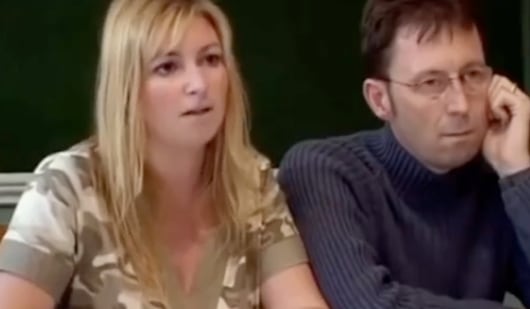 © Channel 4
© Channel 47. Wife Swap (2003–2017)
As the title suggests, in this British reality series aired on Channel 4, two families swapped wives (and sometimes husbands) for two weeks.
Usually, the families’ lifestyles were completely different, which naturally created more drama. However, couples on the show never shared a bed – they only swapped homes.
Several international versions of the show were created, including Wife Swap on ABC in the US, which followed the same format.
I never watched this show, but there are similar concepts today on platforms like Netflix – for example, The Ultimatum, where couples are encouraged to put their relationships to the test while encountering potential matches.
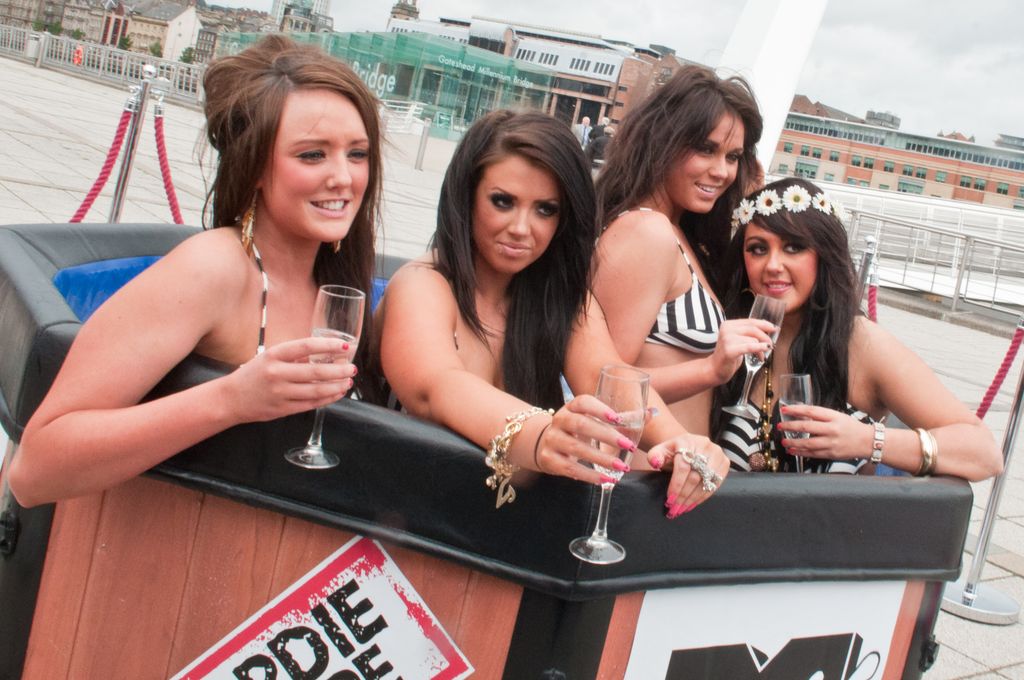 © WireImage
© WireImageGeordie Shore was the UK spin-off
8. Jersey Shore (2009–2012)
In the nostalgic MTV days, Jersey Shore became a pop culture phenomenon, following the lives of eight housemates living in a vacation home. While it sounds like the perfect summer show – similar to Love Island – it was far wilder and glamorised the party lifestyle.
The UK later launched its own spin-off, Geordie Shore, which aired on MTV in 2011 and was set in Newcastle upon Tyne. It followed the same premise as the American version and is still on air today. Some of the show’s most recognisable reality TV names included Vicky Pattison, Charlotte Crosby, and Gary Beadle.
Again, the show faced controversy for its depiction of heavy drinking and party culture. In 2022, Vicky told The Times that she drank a “dangerous amount” of alcohol during her time on the show.
So, while it may have been entertaining to watch, was it really just a reflection of how out of control the 2010s were?
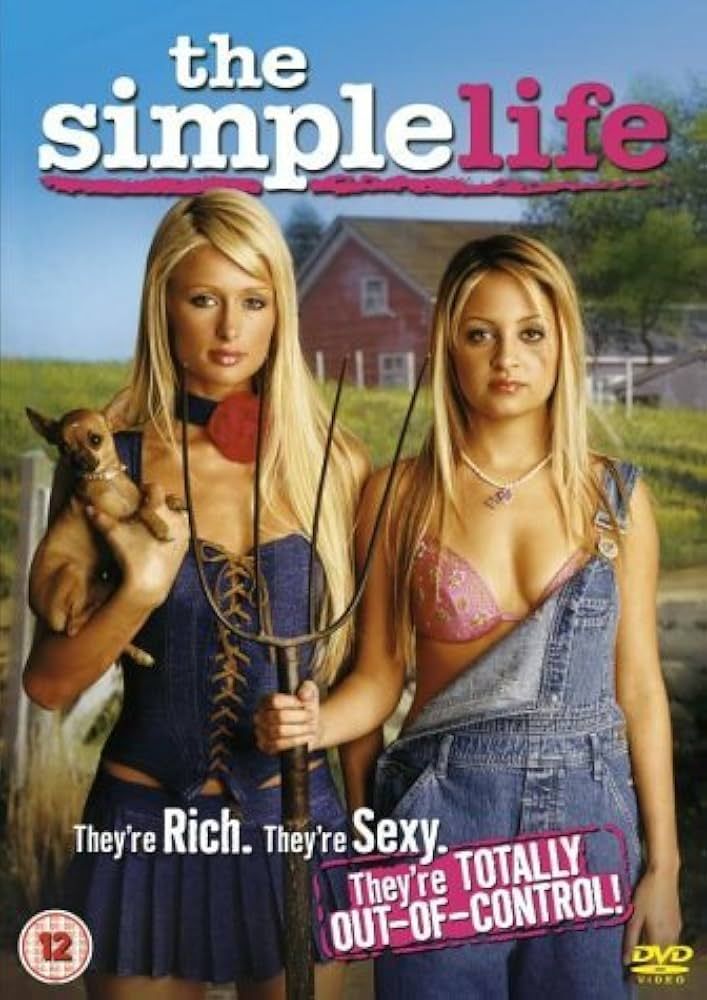
9. The Simple Life (2003–2007)
While I do think Paris Hilton is truly reality TV royalty, this series was a little questionable.
The Simple Life aired on Fox and followed Paris and her friend Nicole Richie as they moved in with a middle-class family in Arkansas, adapting to their new environment. The wealthy socialites took on jobs such as cleaning rooms, farm work, and working in fast-food restaurants. It may have been a sketchy show, but it did coin the famous Paris Hilton phrase: ”That’s hot.”
Plus, news dropped in 2025 that the reboot is currently being filmed…
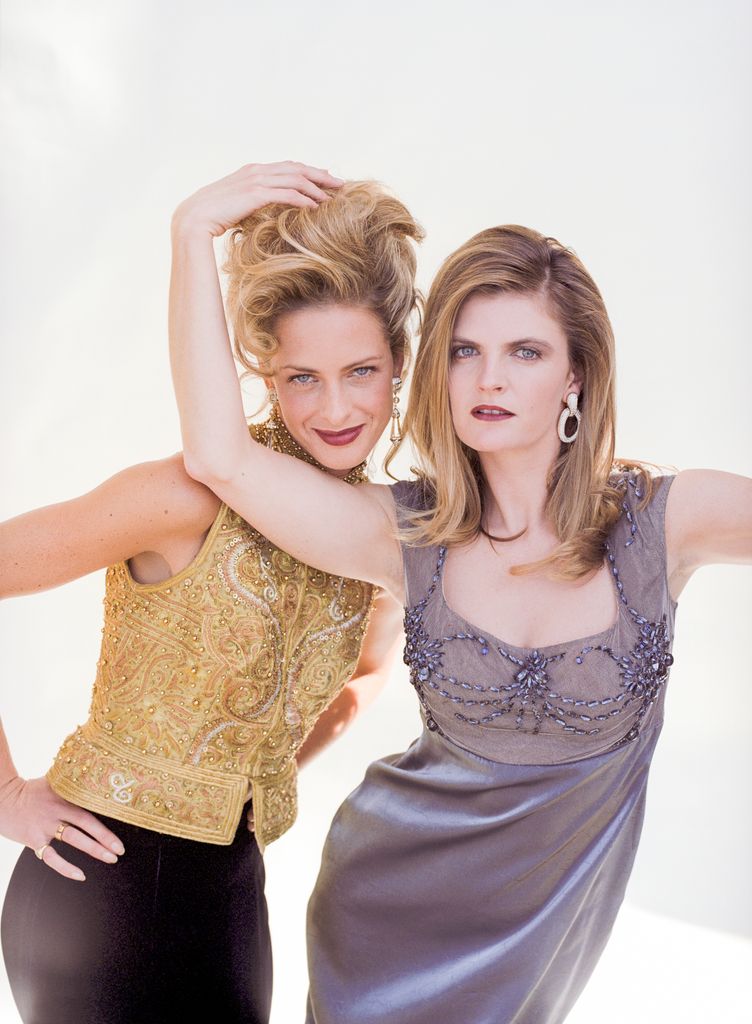 © Corbis via Getty Images
© Corbis via Getty ImagesTrinny and Susannah were the OG fashion presenters
10. What Not To Wear
This shopping makeover reality show originated on BBC Two in 2001 and was initially presented by Trinny Woodall and Susannah Constantine for five series. The concept involved individuals secretly nominated by their family to receive a complete makeover. By surrendering to the fashion gurus, the participants were given advice on their best style in search of a new look.
An American version aired on TLC in 2003, presented by Stacy London and Clinton Kelly.
Both spin-offs adhered to strict fashion rules, and occasionally, the presenters would comment on the contestants’ body types. The show aired in an era when being rude on TV wasn’t considered outrageous. Looking back, these makeover programmes were harmful in promoting stereotypes rather than embracing individuality.
Read the full article here


